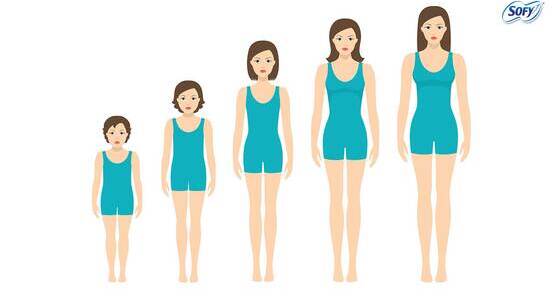As parents cross backpacks and notebooks off of back-to-school lists, many neglect to consider the most important learning tool children have – their eyes.
Many classroom activities, including reading, writing and computer work, require vision, so children with vision problems may fall behind their peers. Worse, they can have trouble concentrating and develop behavioral problems, which are often mistaken for attention deficit or learning disorders. According to the American Optometric Association (AOA), 60 percent of the children described as “problem learners” have vision problems.
The AOA urges parents to schedule their children for a comprehensive eye examination at age three, before they enter school, and every two years after that. In between exams, parents should look out for signs of vision problems. Children displaying the following symptoms could have a vision problem that interferes with their ability to learn:
Has trouble reading. If children lose their place while reading or have to use their fingers to keep their spots, they may have a vision problem. Other signs include refusing to read, omitting or confusing words while reading and holding reading materials close to the face.
Shows signs of eye strain. Children who rub their eyes and complain about headaches may have trouble seeing reading materials. Children may also tilt or turn their heads while looking at objects or squint at the television.
Struggles in school. If children perform below potential, struggle to complete homework and develop behavioral problems, they may need vision correction. In an online survey commissioned by AOA, 61 percent of teachers noted seeing an improvement in children’s academic performances and behavior after vision problems were corrected.




